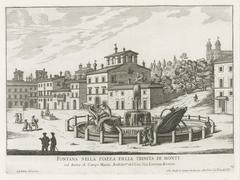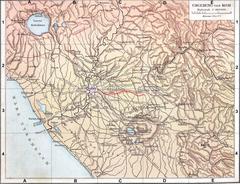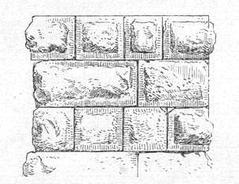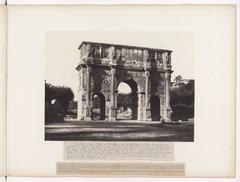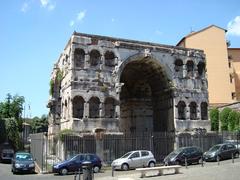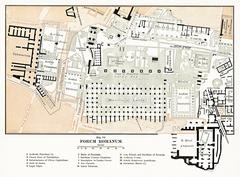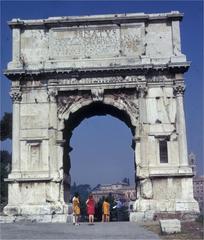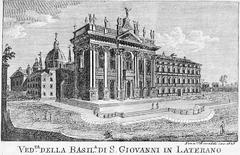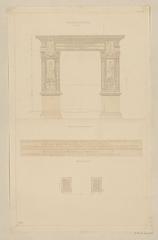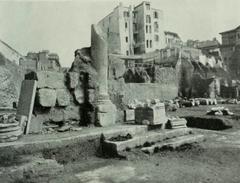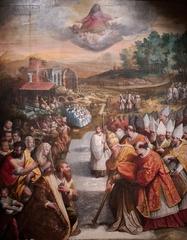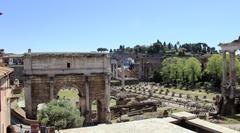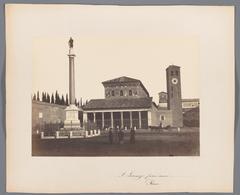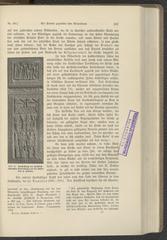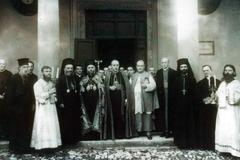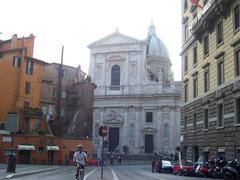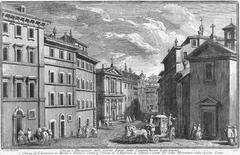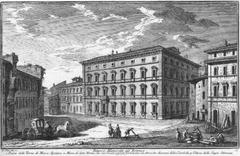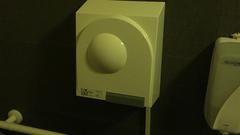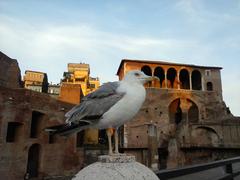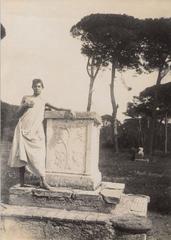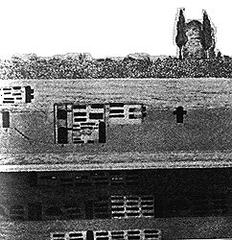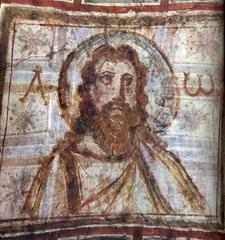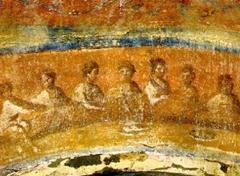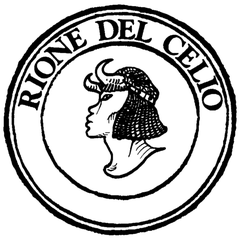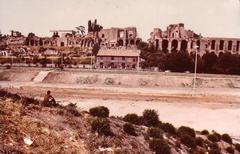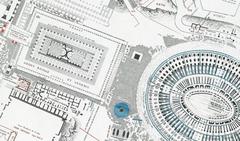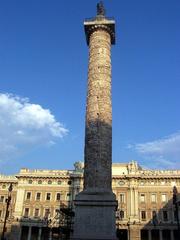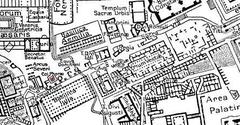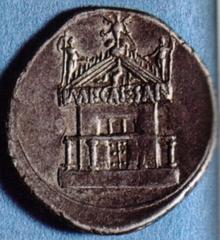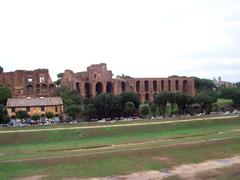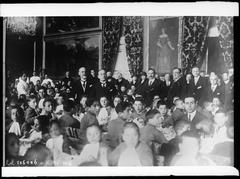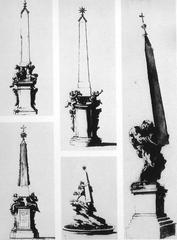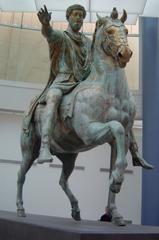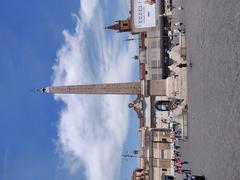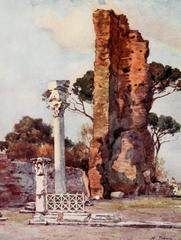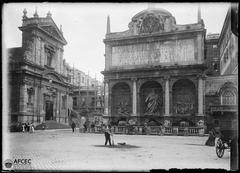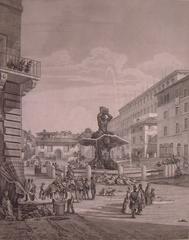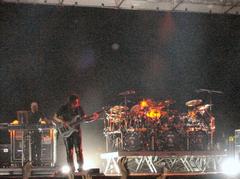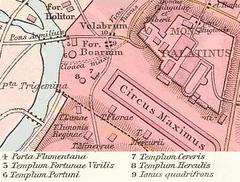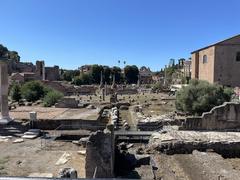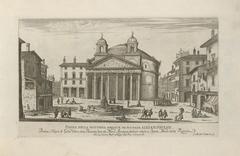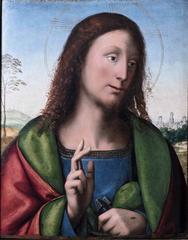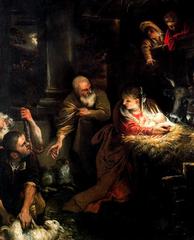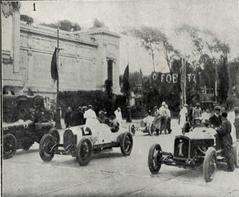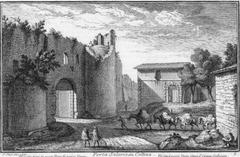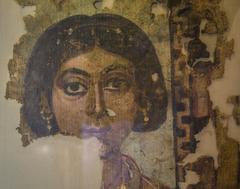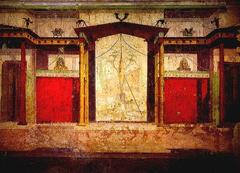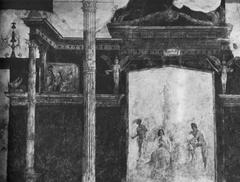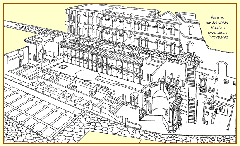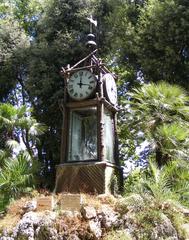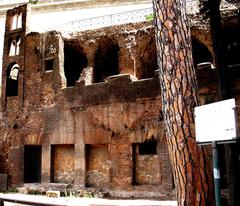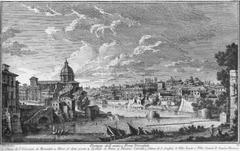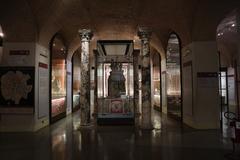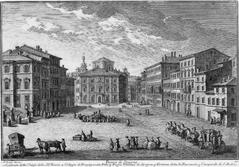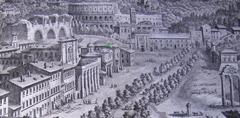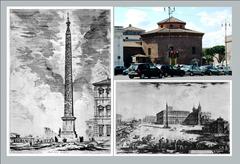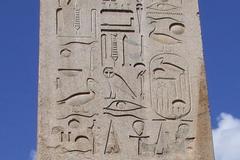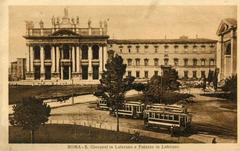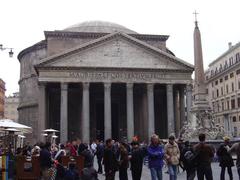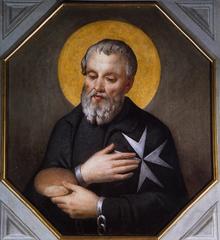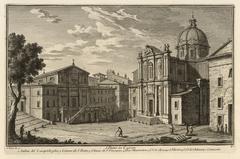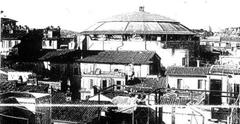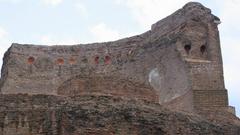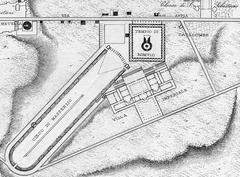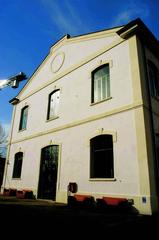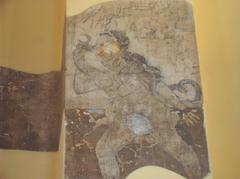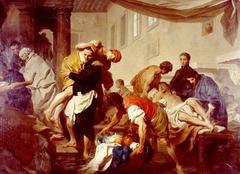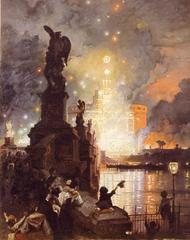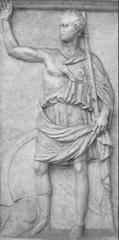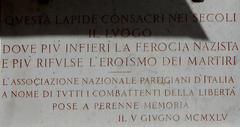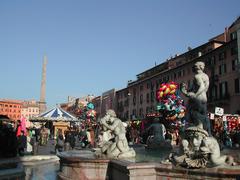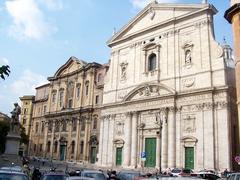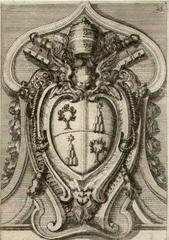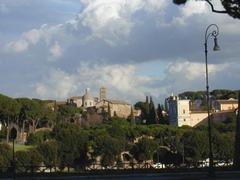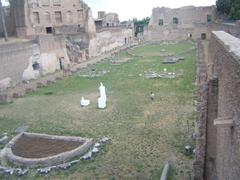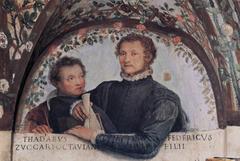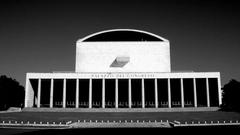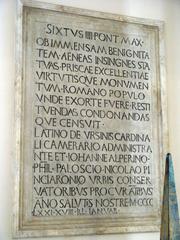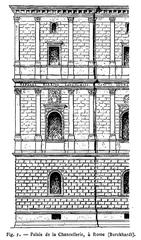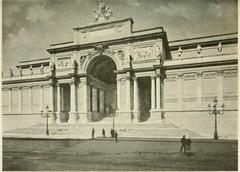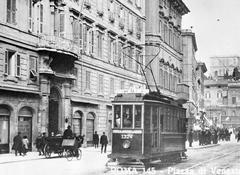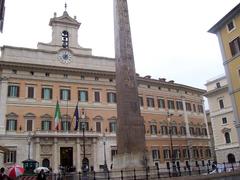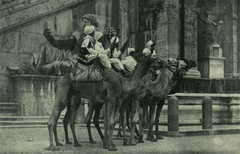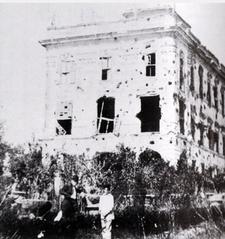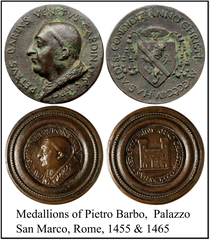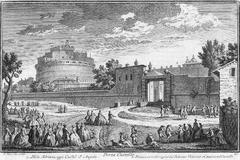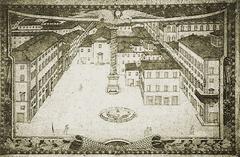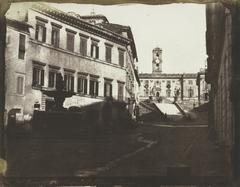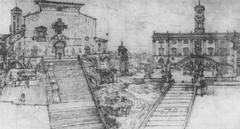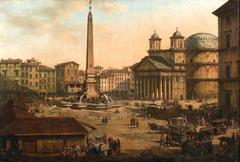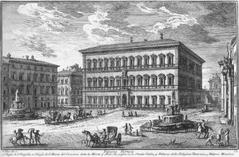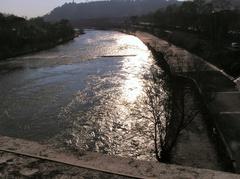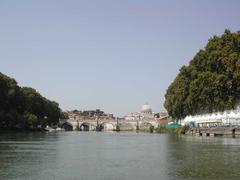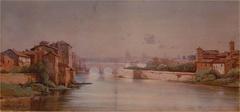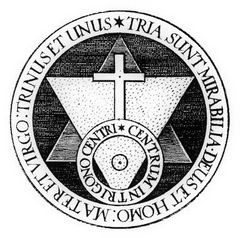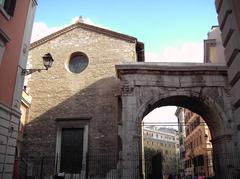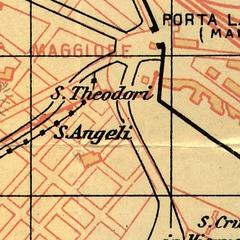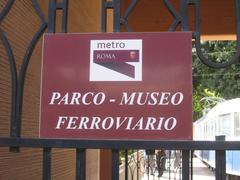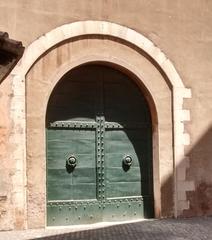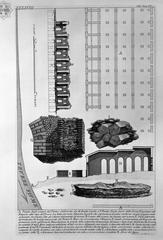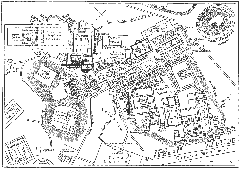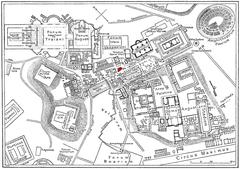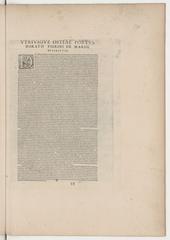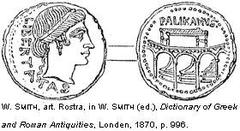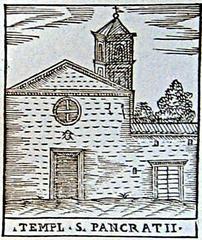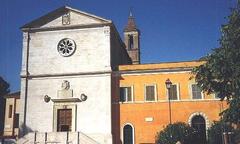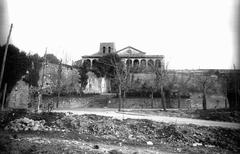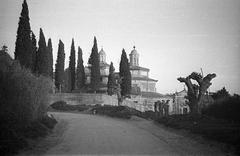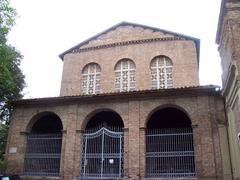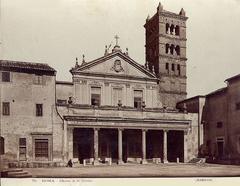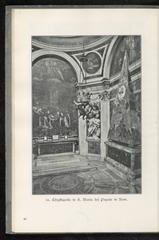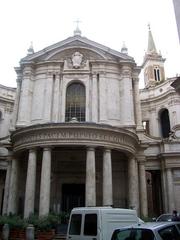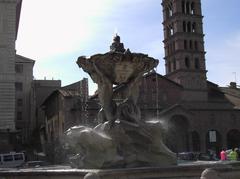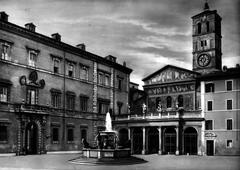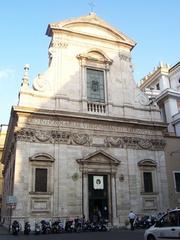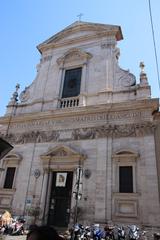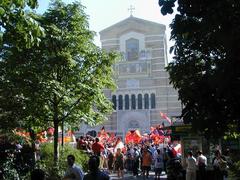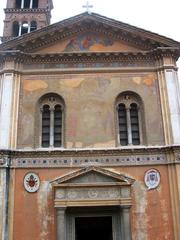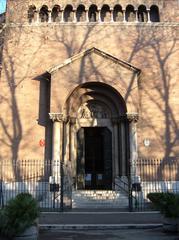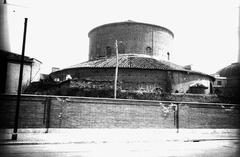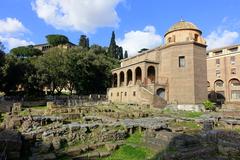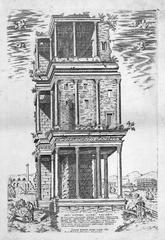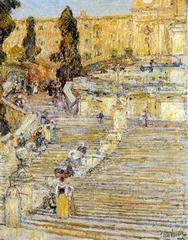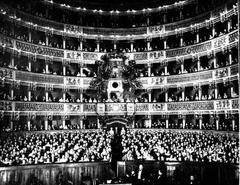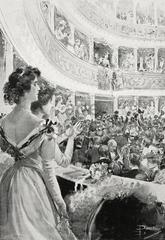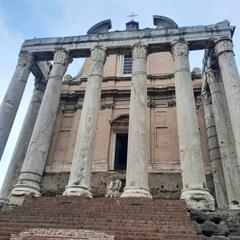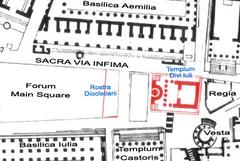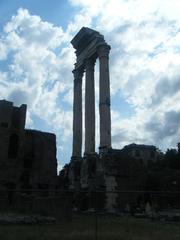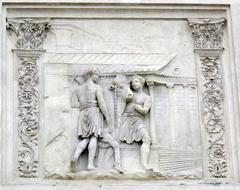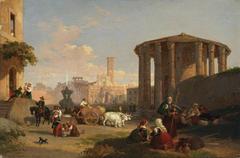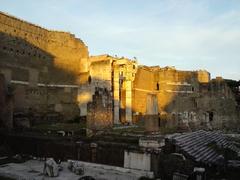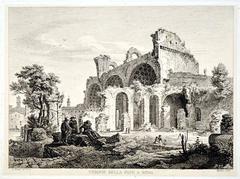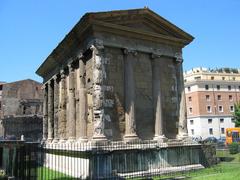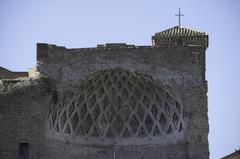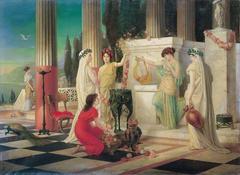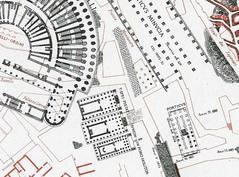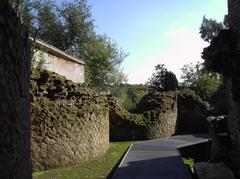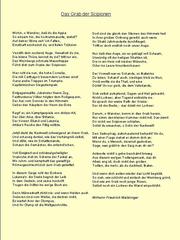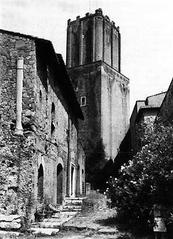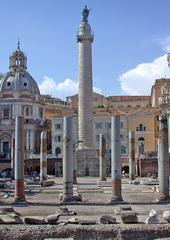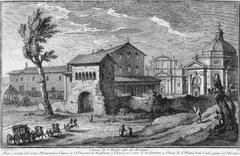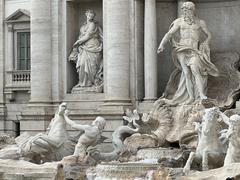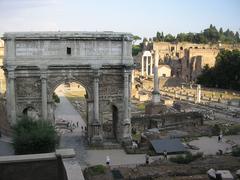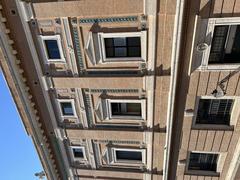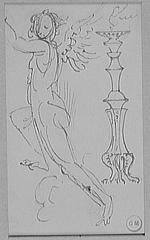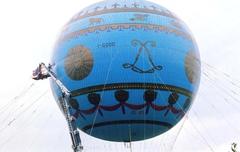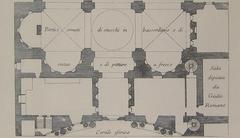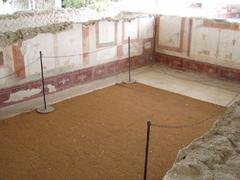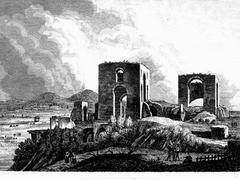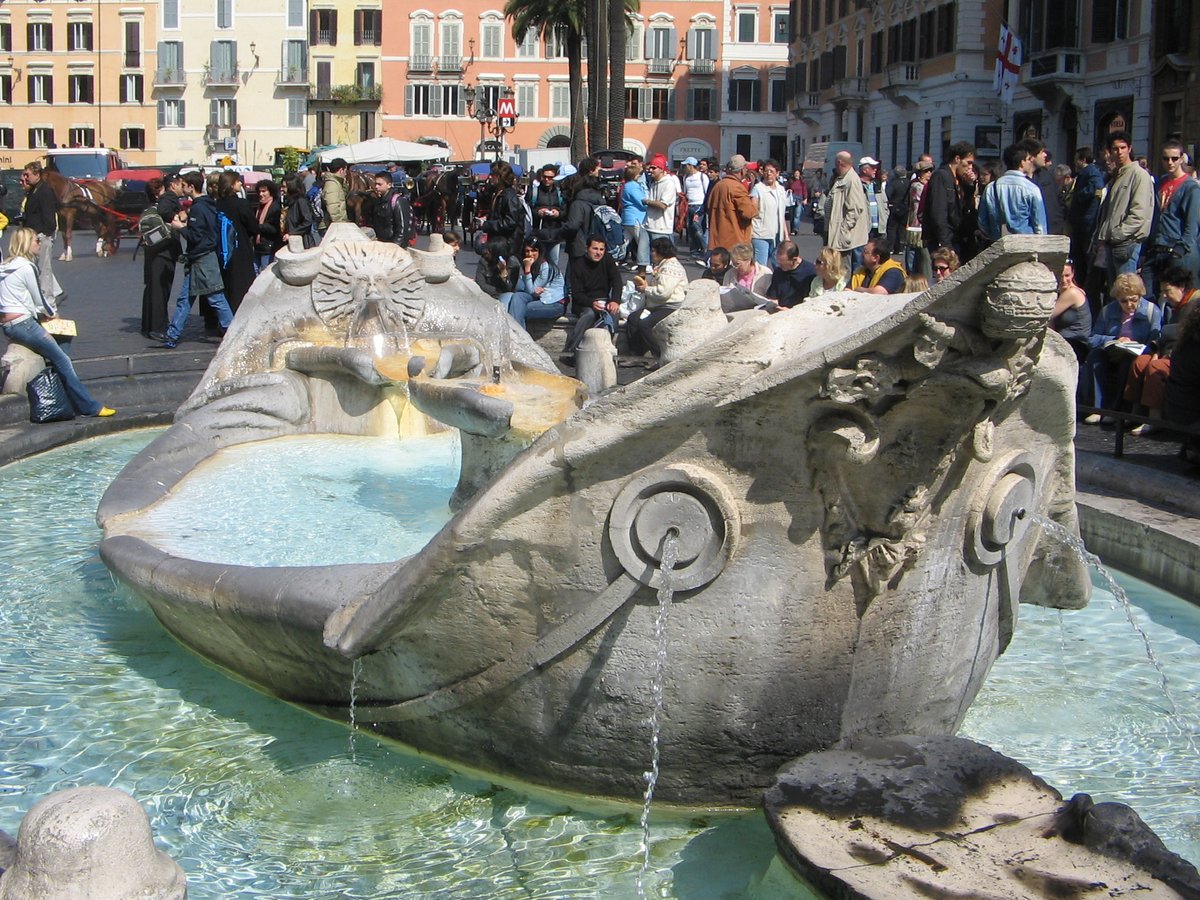
A Comprehensive Guide to Visiting the Fontana della Barcaccia, Rome, Italy
Date: 19/07/2024
Introduction
Nestled at the base of the iconic Spanish Steps in Rome, Italy, the Fontana della Barcaccia is a baroque masterpiece that has captivated visitors for centuries. This unique fountain, known as the ‘Fountain of the Old Boat,’ is not just a charming water feature but a testament to the rich history, artistry, and resilience of Rome. Designed by the renowned sculptor Pietro Bernini and completed in 1627, the fountain draws its inspiration from a real event in 1598 when the Tiber River flooded, leaving a half-sunken boat in Piazza di Spagna. Commissioned by Pope Urban VIII, the fountain embodies the hallmarks of Baroque art while ingeniously addressing the practical challenges of its location. This comprehensive guide explores the historical significance, artistic marvels, and practical visitor information, ensuring you make the most of your visit to this remarkable landmark. Whether you are a history enthusiast, an art lover, or a curious traveler, the Fontana della Barcaccia offers a glimpse into the soul of Rome, merging history, art, and culture in a captivating manner. (Wikipedia)
Table of Contents
- Introduction
- History and Significance of the Fontana della Barcaccia
- Practical Information for Visitors
- Restoration and Preservation
- Frequently Asked Questions (FAQ)
- Conclusion
History and Significance of the Fontana della Barcaccia
Origins of a Shipwrecked Fountain
The Fontana della Barcaccia owes its existence to a remarkable historical event. In 1598, the Tiber River, which snakes through the heart of Rome, overflowed its banks, causing widespread flooding in the city. When the waters receded, a curious sight was left behind in Piazza di Spagna – a battered, half-sunken boat. This unusual occurrence inspired the fountain’s creation.
Commissioned by Pope Urban VIII, the fountain’s design was entrusted to Pietro Bernini, a prominent sculptor of the time, and father of the legendary Gian Lorenzo Bernini. While historical records suggest that the Pope himself conceived the idea of a fountain shaped like a boat, it was Pietro Bernini’s artistic vision that brought the concept to life.
Bernini’s Baroque Masterpiece
Completed in 1627, the Fontana della Barcaccia showcases the hallmarks of Baroque style, albeit in a subdued manner compared to later, more flamboyant examples of the era. The fountain’s design ingeniously incorporates the challenges of its location. Situated in a low-lying area with low water pressure, Bernini opted for a sunken basin, allowing the fountain to be level with the street.
The centerpiece is the half-submerged boat, crafted from travertine, a local limestone commonly used in Roman architecture. Water gently spills from the bow and stern, creating a tranquil atmosphere. The design is not merely a whimsical representation of the stranded boat; it serves a practical purpose. The low water pressure is masked by the water appearing to gush out from the boat’s lowest points.
Symbolism and Hidden Meanings
Beyond its aesthetic appeal, the Fontana della Barcaccia is rich in symbolism. The Papal coat of arms, featuring bees and a sun, is prominently displayed on the fountain. These symbols represent the Barberini family, the lineage of Pope Urban VIII, who commissioned the fountain. The bees, a symbol of industriousness and prosperity, are a recurring motif in Barberini art and architecture.
The fountain’s sunken appearance is often interpreted as a symbolic representation of the flood itself. It serves as a reminder of the city’s ability to overcome adversity and emerge stronger. The gently flowing water, a stark contrast to the raging floodwaters that once engulfed the piazza, symbolizes hope and renewal.
Practical Information for Visitors
Visiting Hours and Tickets
The Fontana della Barcaccia is accessible to the public 24 hours a day, year-round. There is no entrance fee to visit this historical site, making it an accessible attraction for travelers on any budget.
How to Get There
The fountain is located at Piazza di Spagna, at the foot of the Spanish Steps. The closest metro station is Spagna (Line A), which provides easy access to the site. Several bus routes also stop nearby, making it convenient to reach by public transportation. (Rome.info)
Nearby Attractions
While visiting the Fontana della Barcaccia, take the opportunity to explore other nearby attractions. The Spanish Steps, the Trinità dei Monti church, and the Keats-Shelley Memorial House are all within walking distance. The area is also known for its high-end shopping and delightful cafes.
Photography Tips
The Fontana della Barcaccia is a popular spot for photography, especially in the early morning or late evening when the crowds are thinner. For the best shots, consider capturing the fountain with the Spanish Steps in the background or focusing on the intricate details of the boat and water features.
Restoration and Preservation
Like many historical monuments in Rome, the Fontana della Barcaccia has undergone several restorations to preserve its beauty for future generations. In recent years, the fountain has faced challenges from pollution and vandalism. However, thanks to the efforts of conservationists and the support of patrons, it continues to enchant visitors with its timeless elegance.
Frequently Asked Questions (FAQ)
What are the visiting hours for Fontana della Barcaccia?
The fountain is accessible to the public 24 hours a day, year-round.
Is there an entrance fee for Fontana della Barcaccia?
No, there is no entrance fee to visit this historical site.
How do I get to Fontana della Barcaccia?
The fountain is located at Piazza di Spagna, at the foot of the Spanish Steps. The closest metro station is Spagna (Line A), and several bus routes also stop nearby. (ATAC)
What are the best times to visit?
Early morning or late evening is the best time to visit to avoid crowds.
Conclusion
The Fontana della Barcaccia stands as a testament to the power of art to transform even the most unusual events into enduring symbols of beauty and resilience. It’s a place where history, art, and culture converge, offering visitors a glimpse into the soul of Rome. Whether you’re a history enthusiast, an art lover, or simply a curious traveler, a visit to this iconic fountain is a must during your time in Rome. Don’t miss the chance to experience its charm and significance firsthand. For more travel tips and updates, be sure to download our mobile app Audiala or follow us on social media.


